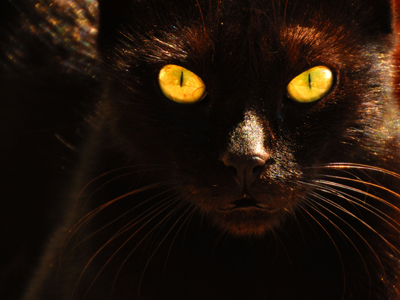
The Crucible - Setting
This GCSE English Literature quiz questions you on setting in Arthur Miller's The Crucible. Setting in a literary text firstly consists of the location and the time in which the events take place. It is easy to forget that texts can have several settings, since events might occur in very different places or times. Buildings and spaces are also separate settings within the wider setting. Background events, even when these are merely mentioned by characters, are an important part of a text’s setting, as are political and social issues. This wider fictional world is referred to as context (but be careful not to confuse this context within the text with the author’s real-life context). Atmosphere, another key element of setting, usually changes multiple times in a text.
Ready for more?
not all...
quizzers. Try to win a coveted spot on our Hall of Fame Page.







